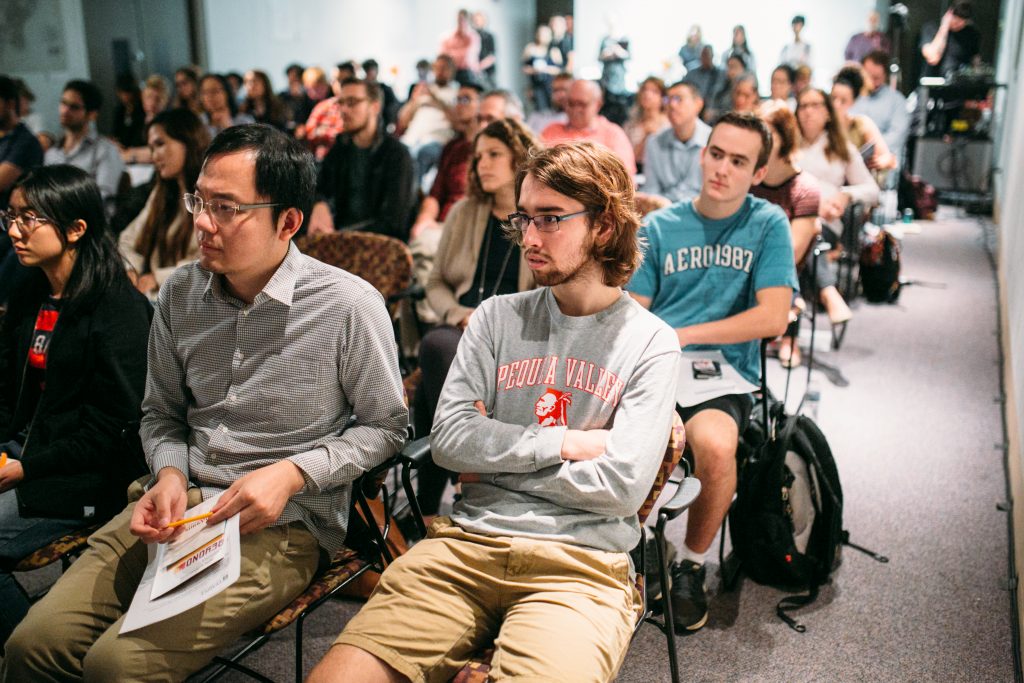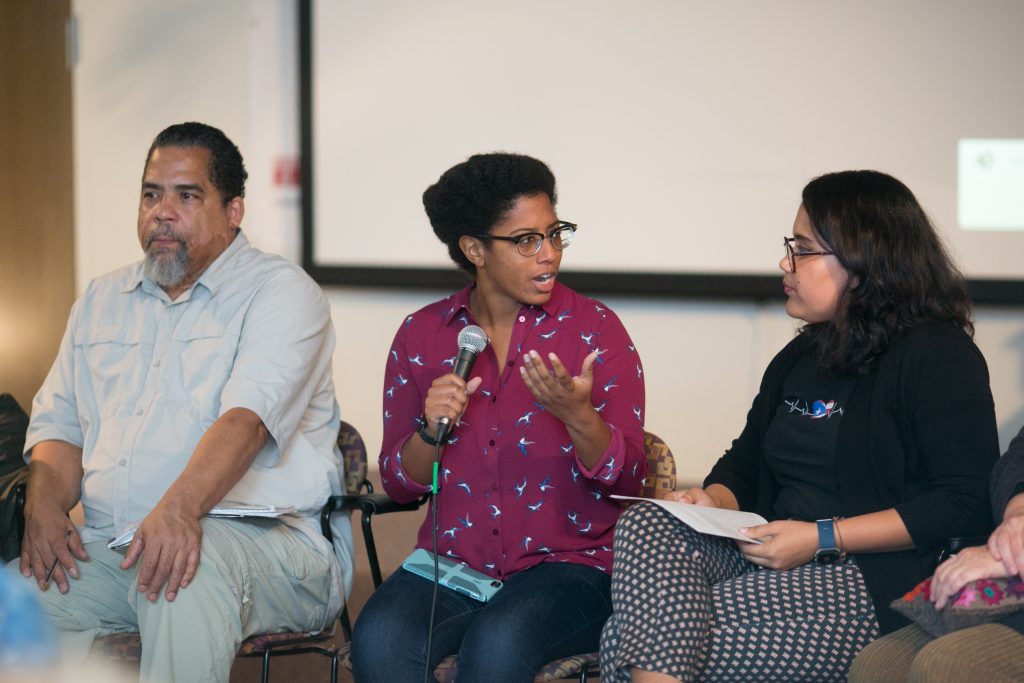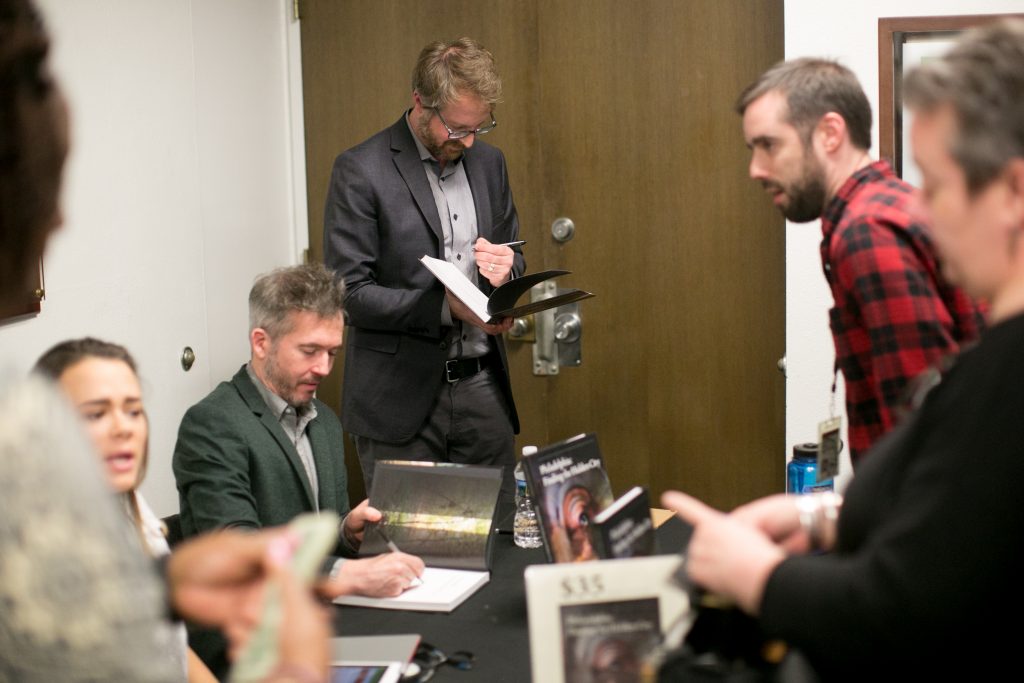
Liz Moore
On Wednesday, November 1, Temple’s Writer-in-Residence Liz Moore will participate in the Libraries’ Midday Arts Series, as part of the Beyond the Page public programming series. Join us at 1:00 PM in the Paley Library Lecture Hall (1210 Polett Walk, Ground Floor) to hear Liz read from her latest novel, The Unseen World. All programs are free and open to all.
I was lucky to catch up with Liz ahead of her reading, to ask about her new role at Temple, her teaching philosophy, and her writing process.
Beckie: Welcome to Temple! Can you tell us about your role as this year’s College of Liberal Arts Writer-in-Residence?
Liz: I’m delighted to be serving as Writer in Residence for Temple’s MFA program. In this capacity, I’ll teach a fiction workshop and a section of Manuscript Tutorial in the Fall 2017 and Fall 2018 semesters.
B: As a writer, how do you approach the teaching of writing?
L: I open all of my writing workshops with a writing prompt. We then move into a discussion of an assigned, previously published text—usually something that illustrates some point of craft that I think is interesting. We then spend the rest of the class workshopping student pieces. More generally, my philosophy is to reserve time for three different categories of discussion: the everyday work of being a writer, including how to develop discipline and a routine and the motivation to sufficiently revise; the fine points of craft, including developing diction, voice, character, and structure; and “big picture” things like what motivates us to write, and what role literature has in our world today.
B: I really appreciate how you make space to discuss those different categories, especially the everyday work of the writer. In terms of your own work, in 2014, you won the Rome Prize in Literature—congratulations by the way! What was that experience like, living and writing abroad for a year?
L: Thank you! The Rome Prize remains the one of the best gifts (and surprises) I’ve ever received. For a year, I was given a really beautiful workspace, room and board, and access to the beautiful city of Rome. It was the first and only time in my life that I’ve ever had nothing to do but write, and I tried to take advantage of that by being as productive as possible—while, of course, leaving time to see the city and the country. I met some really creative people who remain good friends, and finished writing my third novel, The Unseen World.
B: Speaking of which, has the writing process changed for you at all? What did it look like for The Unseen World?
L: I think my writing process changes with every novel I write. The Unseen World was probably the most challenging for me, because it functions in some ways like a puzzle, and I had to come up with the right structure to accommodate that, which was tricky. It’s also my longest book by about a hundred pages, and it required a lot of research about fields I knew nothing about prior to writing this book, so it was a labor of love. The only constant I can take with me from book to book is the knowledge that a great deal of difficulty is just part of the process, so frustration doesn’t cause me to give up on what I’m writing these days—I just try to ride it out.
B: Can you tell us a bit more about the unconventional structure of The Unseen World and your decision to move back and forth in time and space?
L: The structure arose out of necessity, since the release of information had to be timed exactly right to preserve the central mystery of the book, and also a great deal of trial and error. I always tell myself I’m going to one day write a very straightforward book using a simple plot and structure, and then inevitably they spin out of control into something much bigger than my initial ideas.







